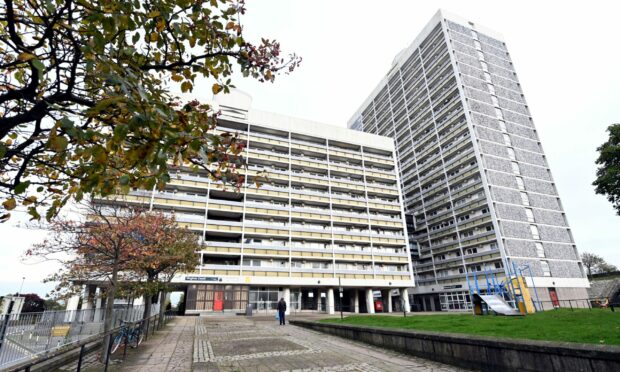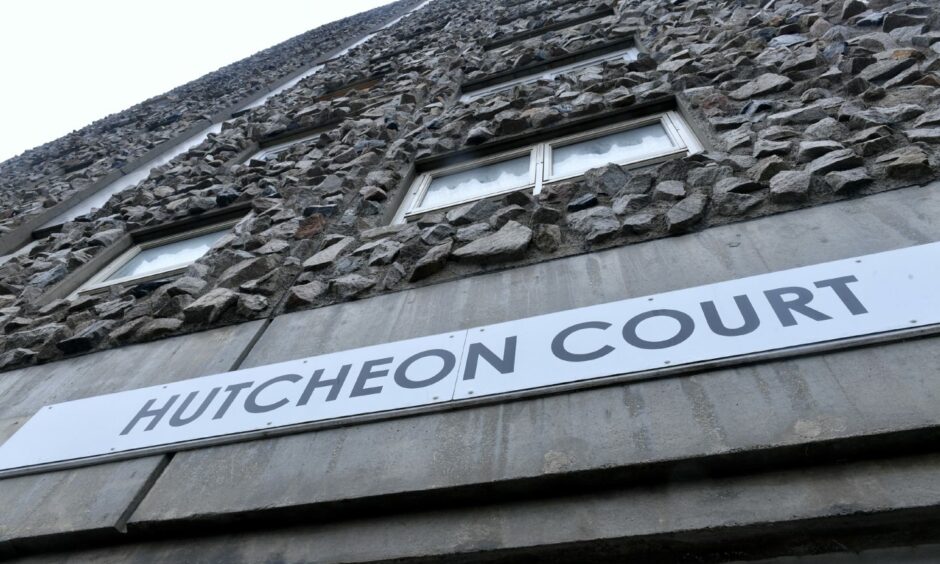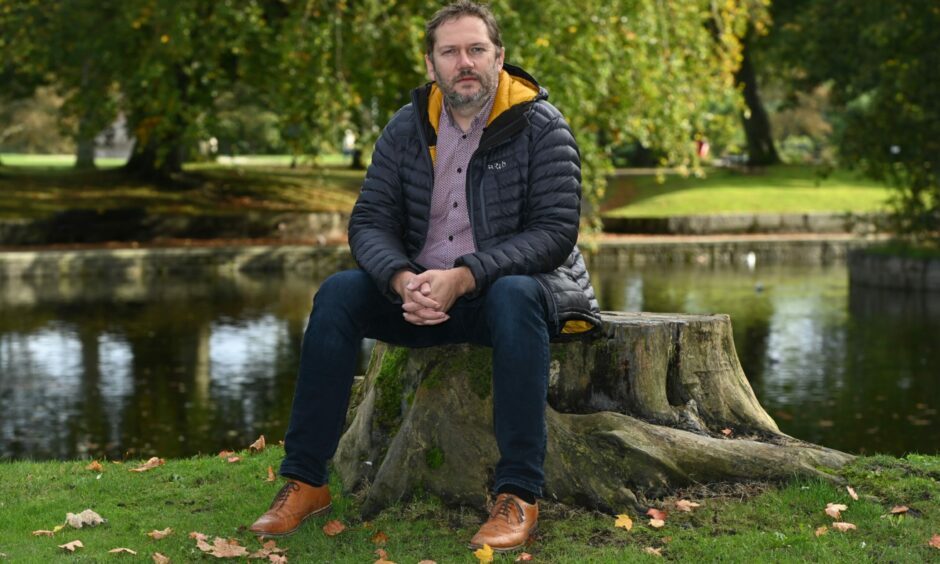The controversial listing of five Aberdeen tower blocks has been backed by the Scottish Government – but planning experts have ordered three others are not given the same protections.
Historic Environment Scotland (Hes) originally awarded eight 1960s ‘slab’ high rises in the city centre category-A listed status.
This puts them on par with Marischal College, the Music Hall and many of the north-east’s much-loved castles.
The heritage buffs argue the ‘brutalist’ blocks – built after the Second World War for social housing – are of “outstanding importance” in telling the story of how Scotland emerged from those dark days.
But now, the government’s planning and environmental appeals division (DPEA) has ruled Thistle Court, Hutcheon Court and Greig Court should not be included in the listing.
This was welcomed as “common sense prevailing” by one resident.
Some of that relief might be shared by those living in five other blocks affected as it was ruled the heritage protections could not stop residents altering the insides of their homes.
Five Aberdeen high rises maintain their A-listing
Residents of Porthill Court, Seamount Court, Virginia Court, Marischal Court and Gilcomstoun Land will not have to apply for listed building consent for non-structural work, despite the special status.
Shops at 152-158 Gallowgate and the attached multi-storey carpark in West North Street have also been included in the listing.
Government reporters Allison Coard and Stuart West said they did not accept the presence of all eight blocks was “intrinsically significant”.
Therefore they ruled “the justification for listing of one does not necessarily flow from the listing of the other”.
However, backing the listing of the five, they added: “We find that the architectural and historic interest of the buildings is demonstrated with the limited exception of the interiors of the individual flats and shops.
“Subject to change to the extent of the listing, we consider the listing should be maintained.”
Controversial news on high rise listing ‘buried’ in the festive limbo?
With the ruling announced in the quiet spell between Christmas and Hogmanay, the DPEA has been accused of trying to “bury the news” by north-east MSP and city councillor Douglas Lumsden.
The decision, which the Conservative described as “ludicrous”, had been expected in November.
Mr Lumsden said: “Like most in Aberdeen, I’m just totally dumbfounded by the whole thing and Hes, this Scottish Government quango, seems completely out of touch.
“For the council, there will be increased costs for maintenance with this extra layer of bureaucracy – those costs will likely be faced by private homeowners in the blocks as well.
“It all means there will less money available in the city housing budget for repairs right across Aberdeen,” the former council finance convener added.
Could Aberdeen City Council now prep lawyers to challenge the remaining A-listing of high rises?
The local authority, which owns the majority of properties in the tower blocks, led the appeal against the listing of all eight.
In February 2021, councillors agreed city officials would look to take Hes, the government’s heritage quango, to court if the decision was not reversed.
Making their case for the listing to be removed, Town House chiefs claimed the timing of the decision – when particular scrutiny was being applied to high rises after the Grenfell tragedy – was “perverse”.
However, Hes argued the devastating London tower block and the Aberdeen multi-storeys were “not directly comparable” as there was no cladding on the Granite City blocks.
They also meet fire safety requirements and the heritage body reassured them that listing would not stop future safety improvements from being made.
A-listing of five Aberdeen high rises recognition of significance in post-war Scotland
Head of designations at HES, Dara Parsons, said: “These buildings are significant landmarks and tell us much about the ambitions of post-war Aberdeen. There isn’t another group of this quality and distinctiveness in Scotland.
“While the reporter has asked us to remove three of the listings, it’s important that the remaining listed buildings have been recognised for their contribution to Scotland’s story.
“We hope that while three of the buildings will not be listed that their interest will be carefully considered in any plans for their future.”
Other modern buildings awarded similar protected status include the Banana Flats in Edinburgh, which featured in Irvine Welsh’s Trainspotting.
Seamount Court, one of those A-listed in Aberdeen, was used in the filming of the Jon S. Baird movie Tetris as the brutalist architecture was used as a backdrop for the Soviet-era tale.
However, there remain concerns over potential limitations residents could face when trying to improve their homes.
SNP Aberdeen Central MSP Kevin Stewart, a government minister, told us: “This is a decision reached by an independent planning reporter, but I’ve been absolutely clear that the priority must be the people living within these buildings and we can never have a situation where improvement works are blocked or hampered by the conditions put on these multi-storey blocks.
“It cannot be forgotten that these are peoples’ homes and I am still concerned that this decision may not allow the structural works that will be required in the future.”




